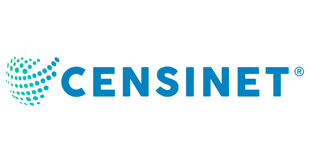UPMC, a health care organization that includes UPMC Health Plan, recently implemented a new technology in partnership with RxRevu to enable its physicians to help patients lower prescription drug costs based upon their insurance coverage.
By giving UPMC physicians real-time access to a patient’s benefit levels through UPMC Health Plan, doctors can now consider lower-cost alternatives when writing prescriptions. In addition to potentially lower costs, patients can also avoid delays associated with obtaining prior authorizations needed for certain prescriptions.
“This really is about getting the script right the first time by having physicians view a patient’s insurance benefits in real-time to make informed decisions,” said Chronis Manolis, UPMC Health Plan senior vice president, pharmacy and chief pharmacy officer. “By enabling this technology, we are ushering in a new era of transparency of information at the point of prescribing to allow the physician and patient to have a more informed, shared conversation and decision about a treatment plan. This will be a useful tool to help patients avoid delays and save on out-of-pocket prescription costs.”
UPMC and UPMC Health Plan operate as an integrated delivery and finance system (IDFS), improving the outcomes and experiences of patients and members by integrating the clinical and payor experiences. Using SwiftRx Direct, a real-time prescription benefit developed by RxRevu, UPMC physicians will have an enhanced ability to view patient-specific coverage information, formulary-driven alternatives and lower-cost drug options during office visits. The drug pricing data that the physicians see is a true representation of what that patient would be asked to pay out-of-pocket at the pharmacy.
“Our physicians now have information transparency in real-time, enabling true shared decision-making with our patients while they are still in the exam room, and before the patient goes to the pharmacy,” said Dr. Robert Bart, chief medical Information officer for UPMC. “This means fewer surprises for our patients at the pharmacy counter and lower overall health care costs.”
“Our objective is to create more informed and valuable interactions between patients and providers,” added Kyle Kiser, president and chief strategy officer at RxRevu. “People trust their provider to guide them to the right prescription decision. Our technology ensures providers have the most accurate information available, so that they can choose the lowest-cost medication option in real-time. With patient-specific information presented at the point-of-care, we are reducing friction and improving the health care experience for both patients and care teams.”
Manolis concluded that by displaying patient-specific cost and drug coverage information at the point of care, physicians can prescribe the right medications and keep them affordable.




